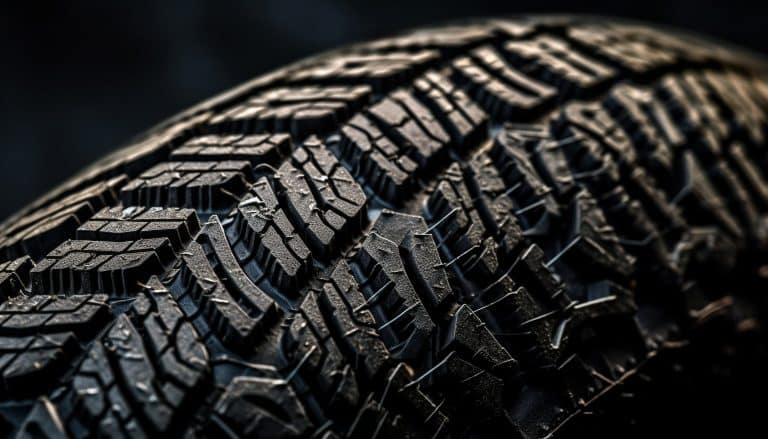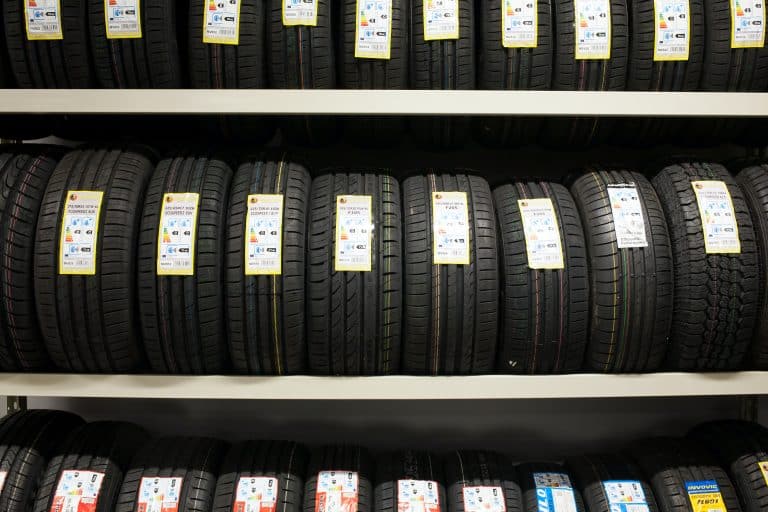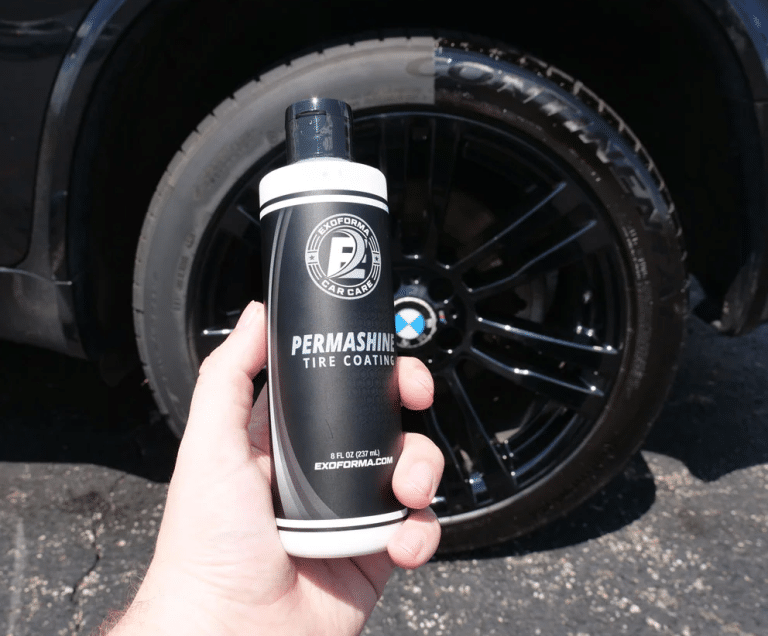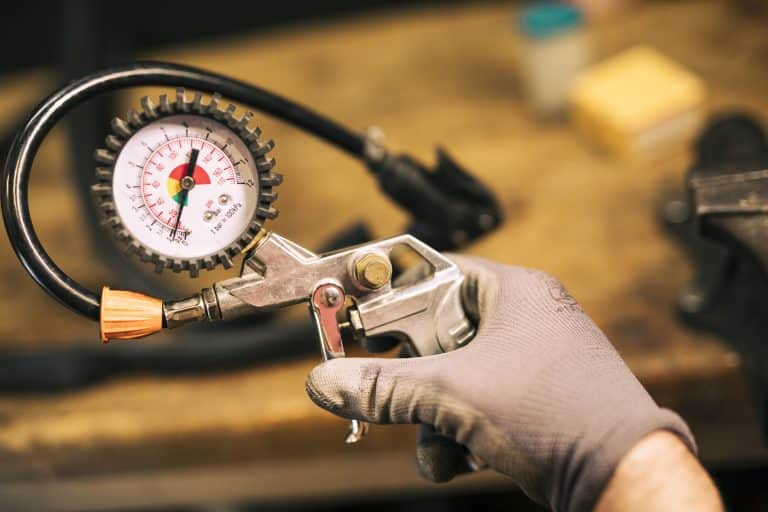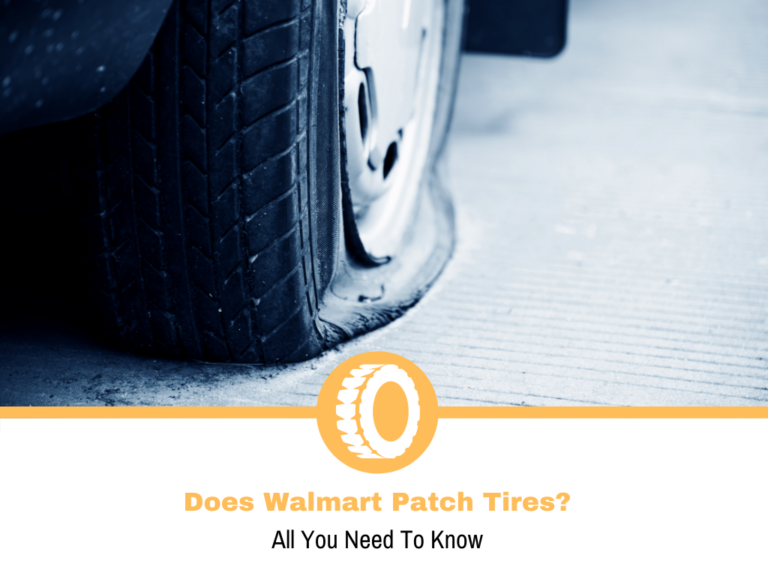How to Make Your Tires Last Longer
It is a common car ownership understanding that tires must be replaced on prescribed conditions in order to achieve a safe and optimal driving experience.
Certain factors affect tires’ longevity, and the goal to keep them in tip-top shape relies on two aspects: how well you maintain them and your overall driving habits. It may sound like a tedious task but these actually help prolong the life of your new tires.
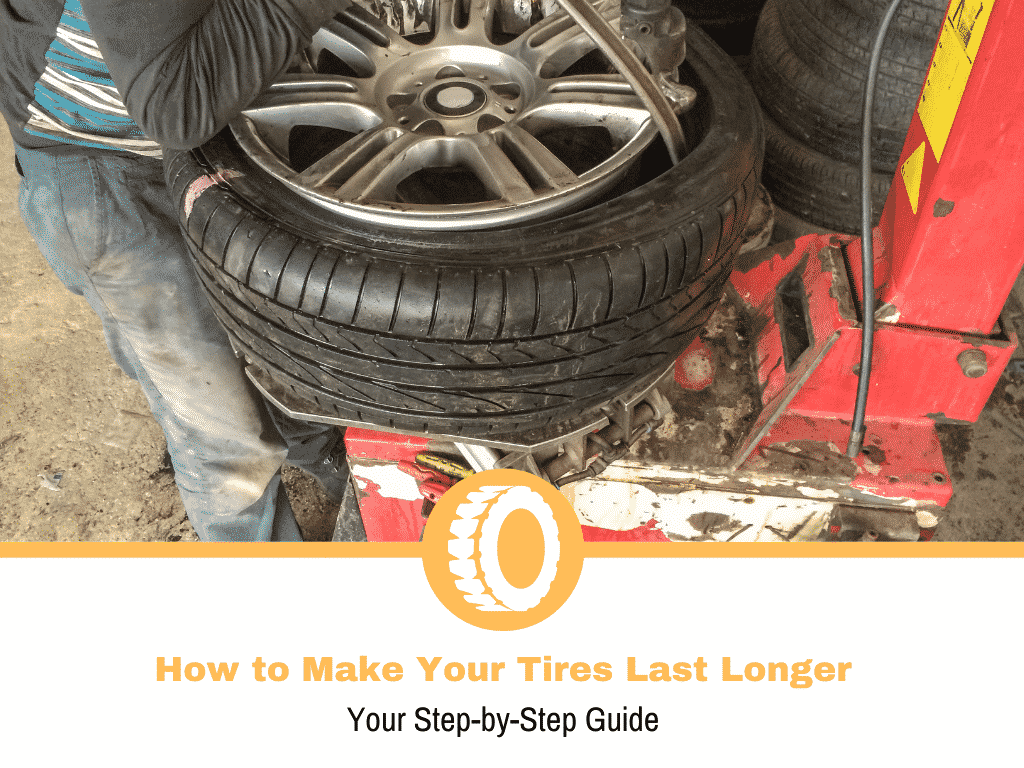
Benefits of well-maintained tires
Having well-maintained tires that can last longer brings both tangible and intangible benefits that can be enjoyed by every car owner. These can range from practical gains such as longer replacement intervals, savings on fuel costs, to safety-related benefits like reducing your risk of untimely blown out or flat tires.
Reduced risk of untimely blown out or flat tires
Except from accidentally running over nails, screws or any sharp objects, poorly-maintained tires can run you the risk of worst case blowout or frequent flat tires that may lead to accidents. Moreover, severe tire blowouts always result in buying new ones.
Long lasting tires = less frequent replacement
Tires that still look fresh through the years don’t need to be replaced as frequently as those that are used and abused without proper maintenance. Economically speaking, it’s better to have your tires replaced in their 5th or even 6th year, following basic care, than replacing them as early as 3rd year just because you overlooked the simplest maintenance reminders.
Fuel cost savings
Maybe the most noticeable benefit of having well-maintained tires is its effect on your average fuel consumption. To put it in perspective: well-maintained, particularly properly inflated tires can save up to 65USD annually from fuel costs, that’s equivalent to one or two full tanks of gas you can add up per year.
Why your Tires Wear Out Too Quickly
Several factors can come into play as to why your tires wear out sooner than how they should be, reasons can come from your own driving habits, regular tire maintenance procedures such as alignment and rotation, and even to issues in the suspension and braking system.
Your driving habits
A ‘pedal to the metal’ attitude is effective when meeting deadlines, but not when you want to have healthy, longer lasting tires. Aggressive driving habits like sharp acceleration and abrupt braking and cornering plays a big role in unnecessary tire wear.
Road conditions
The type of pavement where you frequently drive can also affect your tires’ lifespan in the long run. Watch out for potholes you may run into, same with roads that have areas under construction as debris can end up on your tires.
On the other hand, it is also recommended to use the appropriate kind of tires on specific road conditions, as the saying goes, “right tool for right function”. For example, an off-road tire frequently used in asphalt wear out faster and can affect handling and comfortability, whereas road tires driven on rough terrain can be punctured easily and can lose their tread due to extreme traction demand.
Tire maintenance
Did you know that aside from keeping tires properly inflated, periodic rotation and alignment checking is also recommended for them to last longer? However, 53% of drivers do not even know how often they need to rotate their tires according to a USTMA/Discount Tire/Ipsos survey of 1,431 American drivers ages 18 and older. These procedures are fairly easy, and do not need to take a whole day to be done.
Suspension and braking system issues
Worn out brake pads, disc and calipers lead to unbalanced tread wear. The same is true with worn out tires which affect braking performance. In short, these tandem work perfectly together and a flawed function of one can affect the performance of the other.
How to Make Your Tires Last Longer
Maintaining your tires in good shape for them to last longer is not a labor intensive task, you just need to allot a moment of your time to have your tires checked by a professional at least every 6 months or when your mileage clocks every 5,000 to 6,000 miles. Regular rotation, balancing, wheel alignment checking and ultimately, checking your tire’s air pressure every month are just one of the maintenance-related activities to make your tires last longer.
Check your tire’s air pressure regularly
Maintaining your tires at their recommended air pressure not only improves handling and control, it can also prevent uneven and premature tread wear.
The ideal timing of checking your tire’s air pressure is at least once a month, this should be done regularly as they lose 3 psi of air every month. Additionally, there may be climate and humidity considerations that require to have them checked more frequently, like during winter, as cold temperature can lower air pressure, and during summer, when warm weather increases the tire’s air pressure.
Get your tires rotated periodically
Regardless of your vehicle’s drivetrain orientation (front-wheel/rear-wheel/all-wheel drive), you should have your tires rotated from front to back, or diagonally to promote an even tire wear. If you have a full-sized spare tire, this is also included in the rotation schedule. The ideal timing is every 5,000 to 8,000 miles, preferably at least every periodic maintenance visit so you won’t forget the schedule.
Have your wheels balanced
Having your wheels balanced is best done with tire rotation timing as this is the time when all the wheels have been removed from your vehicle. Wheel balancing addresses the issue of a heavy spot in tires and wheels which result in uneven tire wear and vibration. This is not limited to used tires only, even brand new ones can be subjected to this issue. Your wheel will be mounted to a balancing machine, detect the heavy spot, and have it balanced by putting a small counterweight.
Check for wheel alignment every 6 months
A steering drag to the left or right accompanied with vibration and shaking may be an indication that you are experiencing an alignment problem. Primarily caused by hitting a pothole, or bumping against road debris, misalignment leads to uneven tire wear. Therefore, checking wheel alignment regularly or if you feel that you need to will extend your tire’s lifespan.
Practice these habits for a well-maintained tire
Healthy tires that last longer can be best achieved as a two-way process. Proper maintenance must be accompanied with good driving habits, paying attention to road surface and condition, and clean tires and wheels.
Drive smoothly
Your tire’s health also relies on how you step on the gas and brake pedal. Practice smoother acceleration and cornering, and apply gentler braking, preventing abrupt stops. These habits not only promote safe driving but can extend your tire’s lifespan in the long run.
Pay attention where you drive
Plan your route ahead of time. Avoid routes with frequent road construction, uneven, rocky or muddy pavement. Be watchful also of potholes, road debris and avoid parking too close to a curb.
Wash off debris as soon as possible
A clean tire is a healthy tire. Tire should be free from deep seated mud and grime, even to the stones stuck beneath. Plus, you can easily check if your tires have punctures or cracks if they are free from dirt.
Conclusion
You can make your tires last longer through regular tire and wheel maintenance including but not limited to checking air pressure, tire rotation, and wheel balancing and alignment. Additionally, practicing good driving habits, paying attention to your surroundings while driving, and regular wheel and tire hygiene help prolong tire life.
Following the prescribed habits and maintenance processes not only delays replacement intervals, you can also subtly benefit from increased fuel economy, not to mention improvement in safety while driving.
